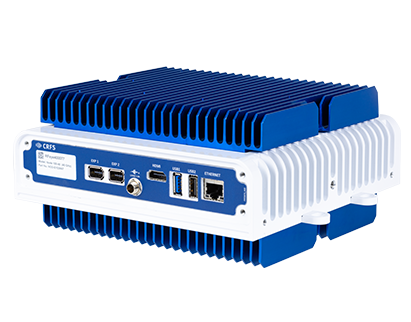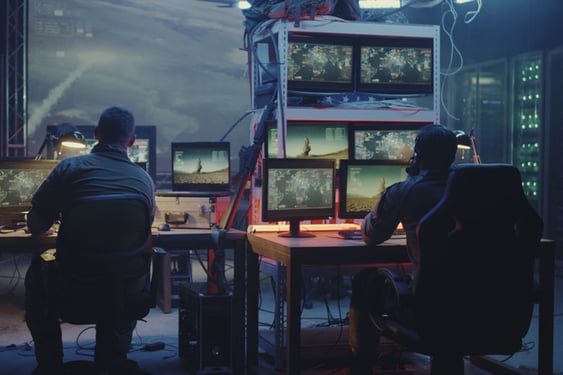RF RECORDING & SIGNAL CAPTURE
Find & continuously record signals of interest in high-fidelity to maximize your intelligence picture & exploit the electromagnetic environment
VIDEO
Why is RF recording in high-fidelity important?
How recording RF signals can improve situational awareness and help with EMCON and EMSO.
VIDEO
How does high-fidelity RF recording enable spectrum dominance?
Watch to see how RF recording improves SIGINT and freedom of movement for multi-mission and multi-domain operations.
VIDEO
The ultimate signal capture & analysis solution
The ultimate signal capture and analysis tool requires three key features:
- A high-performance RF receiver
- In-the-field long-duration, wideband I/Q recording in high-fidelity
- Forensic analysis software with “signal discovery”
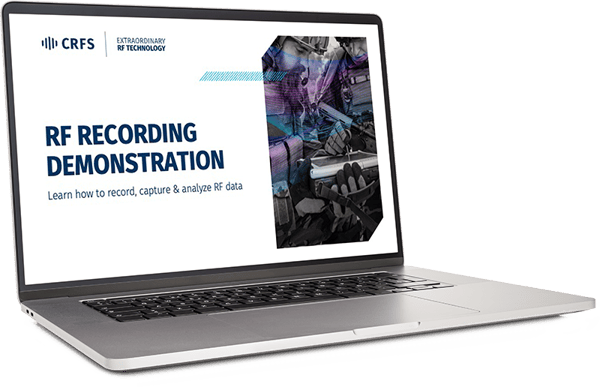
FREE DEMO
Get a demo & learn more about RF recording & signal capture
See how to record, capture and analyze RF data, hunt for radar, low pulse, and other signals, watch how to capture and stream (in VITA-49), understand EMSO use cases, and find the right RF recorder for you (frequency range and budget).
WHICH WIDEBAND RF RECORDER IS RIGHT FOR YOU?
Do you need minutes, days, weeks or unrestricted recording capacity at 100 MHz IBW?
Choose all that apply
What is your maximum frequency of interest for RF recording?
Thank you. It looks like RF recording (I/Q) data may not be the solution you need. An RFeye Node or RFeye Stormcase can capture short duration signals. Talk to the CRFS team.
Thank you!
From your answers, we recommend RFeye Sens Remote.
You can capture and record signals of interest without restriction (multiple terabytes if you have the storage) in high-fidelity for instant replay and analysis to never miss a signal.

Product comparison
RFEYE SENS REMOTE
FOR:
In-field I/Q data recording and replay with unlimited storage capability (up to 40 GHz and 100 MHz IBW).
WHAT:
Ultimate wideband I/Q data recorder to ensure full spectrum awareness and discover the who, when, and where of signals.
INCLUDED:
• Remote Radio Head (18GHz / 40GHz)
• Housed in a Mini Outdoor Kit (IP67-rated)
• Armoured fibre-optic cable connection
• Dual-server rack
• RFeye DEEPVIEW software
RFEYE SENS PORTABLE
FOR:
Lightweight, portable I/Q data recording and playback with internal 25.6 TB storage (up to 40 GHz and 100 MHz IBW).
WHAT:
Record the RF environment conveniently on-the-go at lab quality.
INCLUDED:
• RFeye Node - 8GHz / 18GHz / 40GHz
• Integrated unit, SSD storage
• Thunderbolt 3 cables
• DC power supply
• Ruggedised peli Case
• RFeye DeepView software
The benefits of RF recording & signal analysis
Never miss a signal
Capture and record frequencies up to 40GHz, featuring a 100MHz instantaneous bandwidth (IBW).
Avoid operator fatigue
24/7 intelligence gathering (even when operators are off-duty).
Discover signals in the noise
Find low power signals that would otherwise be hidden.
Quickly find & extract signals
Real-time analysis within terabytes of data.
See across borders
Record and analyze radios, radar, tactical data links, and jammers.
Scenario testing
Quickly assess performance and simulate lab and real-world scenarios.
Talk to an advisor about RF recording & signal capture


LONG DURATION, WIDEBAND I/Q DATA RECORDING
How a renowned R&D company recorded I/Q data in the field without bulky lab equipment.
Read the storyREAL-TIME I/Q DATA CAPTURE FOR ENHANCED INTELLIGENCE
How a national force secured its borders with reliable spectrum data.
Read the storyFrequently asked questions
What does I/Q data stand for?
I/Q data stands for in-phase and quadrature data. I/Q data is used to represent sinusoidal signals in the form of two components: the in-phase component and the quadrature component. The in-phase component represents the cosine of the signal, while the quadrature component represents the sine of the signal. This data can be used in a variety of applications, including radio frequency systems.
What is RF recording?
RF recording (or radio frequency recording) is a way to record audio using radio frequencies. This method is commonly used for radio broadcasts and other audio recordings that require a higher sound quality than a standard microphone.
What is I/Q recording?
I/Q recording is a method of digital recording that captures the amplitude and phase of a signal at the same time. It is used in many applications, including radio frequency testing and measurement.
What is I/Q data in RF?
I/Q data in RF is a type of digital modulation used in radio transmission. It stands for "In-phase/Quadrature" and is a type of complex modulation that combines two separate amplitude-modulated (AM) signals. The two signals used in I/Q modulation are in phase and quadrature, which means that one signal is shifted in phase by 90 degrees. This creates a phase differential between the two signals, which is used to encode the data being sent. I/Q data is often used in primary / Land Mobile Radio (trunked) communications and military communications.
What is I/Q signal processing?
I/Q signal processing is a communication system that utilizes a signal's in-phase (I) and quadrature (Q) components to achieve efficient transmission. It is commonly used in radio frequency (RF) systems to enable reliable and accurate transmission of data.
What is I/Q data signal processing?
I/Q data signal processing is a type of digital signal processing in which the signal is represented as a complex baseband signal. This technique is used in various applications, such as communication systems, radar systems, sonar systems, and medical imaging systems.
What is I/Q data used for?
I/Q data is used to represent the amplitude and phase of a signal and is used in many types of communication systems. It is commonly used to represent baseband or passband signals, such as those used in radio and television broadcasting. Additionally, I/Q data can be used for data acquisition and analysis purposes.
How does I/Q modulation work?
I/Q modulation is a form of digital modulation that encodes data by modulating the amplitude, phase, or frequency of a carrier wave. It is used to represent digital information and is typically used in radio transmission and receiver systems. In I/Q modulation, each data symbol is represented by two components, the in-phase (I) and quadrature (Q) components. The I component is the cosine component, while the Q component is the sine component. The data is processed and encoded in the I/Q components, which are then combined to form a composite signal. The composite signal is then transmitted to the receiver, where it is decoded to reconstruct the original data.
What is I/Q modulation used for?
I/Q modulation is an important technique used in communications engineering, which is used for the purpose of transferring information between two points. It is used in many different applications, such as radio and television broadcasting, cellular networks, and satellite communications. Additionally, it can be used in many different products, such as radios, television receivers, and other consumer electronics. I/Q modulation provides a reliable way to send and receive signals across a variety of mediums, making it a popular choice for many different applications.
Discover hardware
CRFS offers a combination of fixed, tactical, and mobile hardware solutions, which can be used as versatile, re-deployable systems that do not require recalibration.
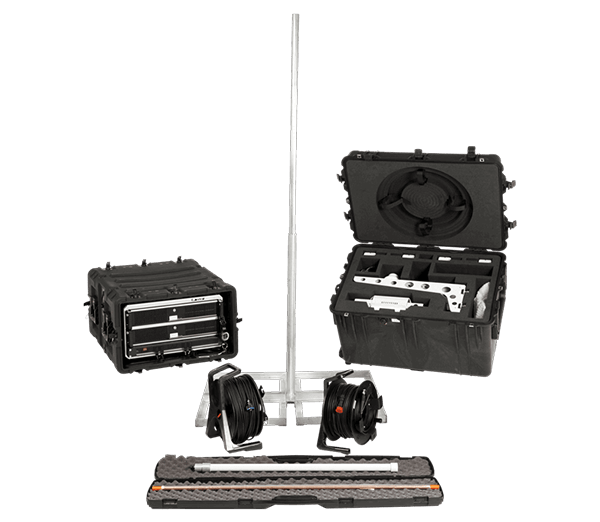
RFeye SenS Remote
The SenS Portable combines small size and low weight with a highly sensitive RFeye receiver for high-fidelity, long-duration RF recording and signal extraction.
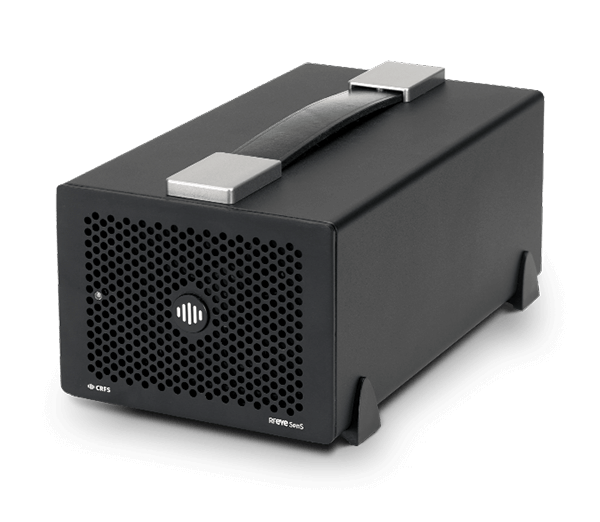
RFeye SenS Portable
The RFeye SenS Portable is a lightweight, portable I/Q recorder for high-fidelity, long-duration RF recording, and signal extraction.
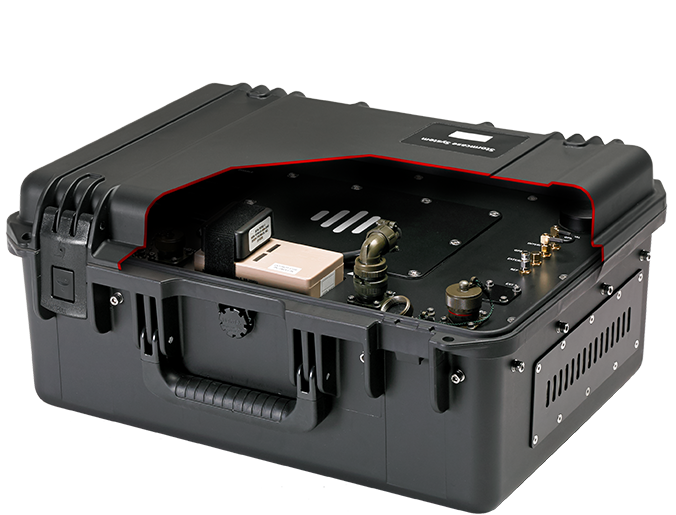
RFeye Stormcase
Man-portable spectrum monitoring (deploy and retrieve later). The system includes a Node (receive and record), internal and external antenna ports, a high-performance rechargeable MIL-SPEC battery, and integrated SSD memory.
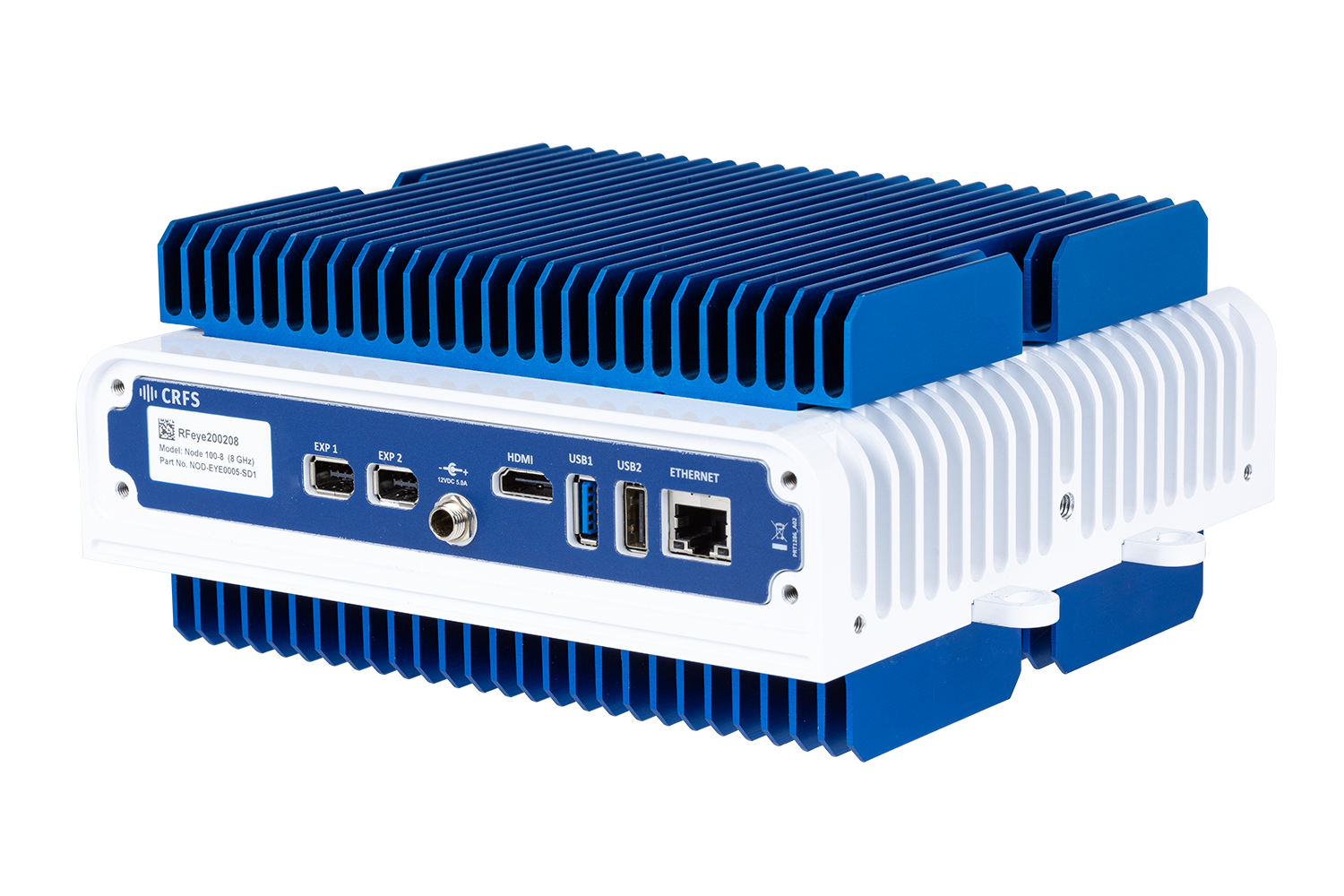
RFeye Node 100-18
The wideband RFeye Node 100-18 is a complete spectrum monitoring and geolocation system. Optimized for size, weight, and power (SWaP), it is simple to connect, power, and network.

RFeye Node 100-8
Wideband RF receiver to ensure you never miss a signal. The RFeye Node 100-8 is a complete spectrum monitoring and geolocation system designed for remote deployment in distributed networks, including in hostile environments.
Discover software
A comprehensive software suite to monitor, capture, analyze, geolocate, and report signals of interest.

RFeye Site
RFeye Site is a toolbox to monitor the spectrum in real-time and geolocate signals in complex RF environments.
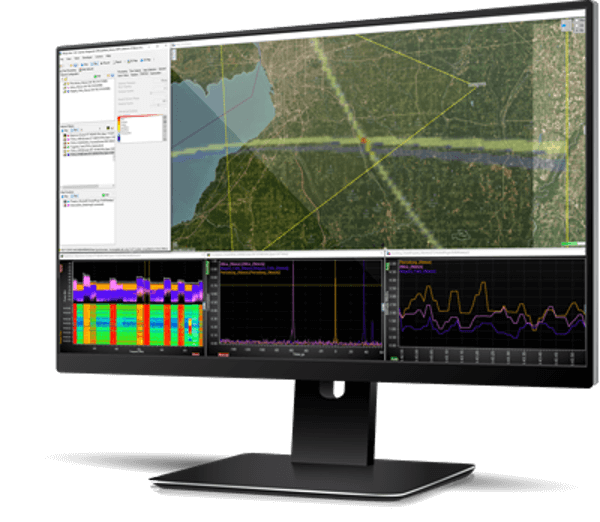
RFeye DeepView
RFeye DeepView is a forensic signal analysis software solution offering a 100% probability of intercept.
